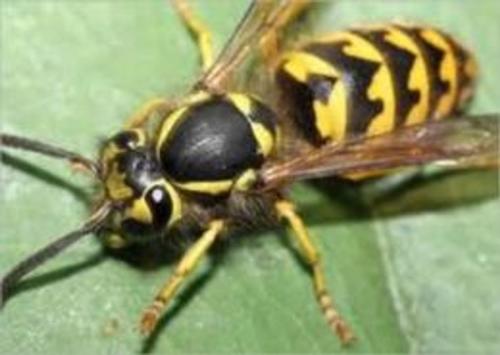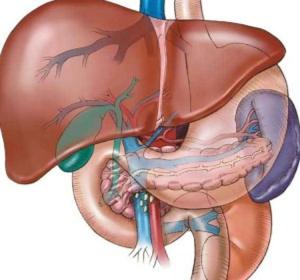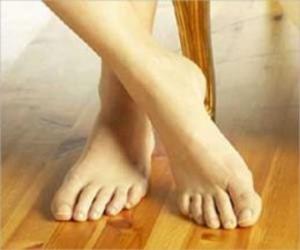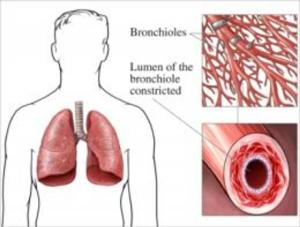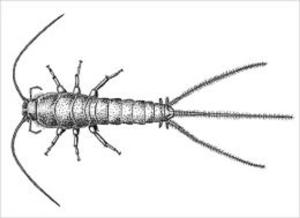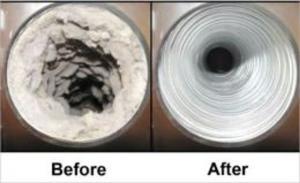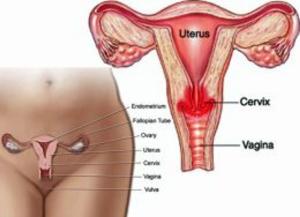A Quick and Easy Guide on How to Get Rid of Wasps
Nonfiction, Home & Garden, The Home, Outdoor & Recreational Areas, Cleaning & Caretaking| Author: | Josh Owen | ISBN: | 1230000107900 |
| Publisher: | Axel Publishing | Publication: | February 19, 2013 |
| Imprint: | Language: | English |
| Author: | Josh Owen |
| ISBN: | 1230000107900 |
| Publisher: | Axel Publishing |
| Publication: | February 19, 2013 |
| Imprint: | |
| Language: | English |
A Quick and Easy Guide on How to Get Rid of Wasps
Wasp species are categorized as social or solitary. As their name implies, social wasps live in colonies, which may number in the thousands. Within these colonies, female workers, perform all other duties within the nest. Solitary wasps live alone and rarely build nests. They do lay eggs, but their eggs are left alone to hatch.
Some wasps are predatory, while others are parasitic. Predatory wasps serve an important role in pollination. Parasitic wasps typically assist in the management of other pests. Some wasps are aggressive species, which sting when threatened, and, unlike bees, wasps are capable of stinging multiple times.
Male wasps fertilize female wasps that develop late in the summer. These will be next year's queens. These fertilized females will overwinter in a sheltered location. The rest of the colony will perish when winter comes. Next spring, the queen will start laying eggs. The fertilized eggs that they produce will become workers, building the nest and feeding the larvae produced by the queen. Late in the summer, the queen will produce unfertilized eggs. These will develop into males. The males will fertilize the wasps that will become the queens of the following year.
Scroll up... and click on "Buy Now" to deliver almost instantly to your Kobo or other reading device.
A Quick and Easy Guide on How to Get Rid of Wasps
Wasp species are categorized as social or solitary. As their name implies, social wasps live in colonies, which may number in the thousands. Within these colonies, female workers, perform all other duties within the nest. Solitary wasps live alone and rarely build nests. They do lay eggs, but their eggs are left alone to hatch.
Some wasps are predatory, while others are parasitic. Predatory wasps serve an important role in pollination. Parasitic wasps typically assist in the management of other pests. Some wasps are aggressive species, which sting when threatened, and, unlike bees, wasps are capable of stinging multiple times.
Male wasps fertilize female wasps that develop late in the summer. These will be next year's queens. These fertilized females will overwinter in a sheltered location. The rest of the colony will perish when winter comes. Next spring, the queen will start laying eggs. The fertilized eggs that they produce will become workers, building the nest and feeding the larvae produced by the queen. Late in the summer, the queen will produce unfertilized eggs. These will develop into males. The males will fertilize the wasps that will become the queens of the following year.
Scroll up... and click on "Buy Now" to deliver almost instantly to your Kobo or other reading device.
